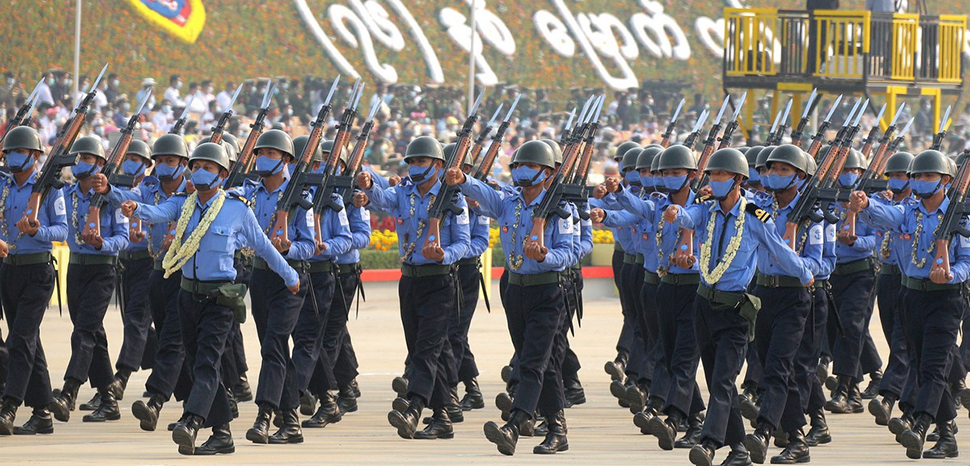Antonio Graceffo

The Myanmar civil war can be traced back to 1948, when the Karen National Union (KNU) emerged as the first ethnic armed organization (EAO) to deploy on the battlefield. With Burma comprising 135 ethnic groups, numerous armed factions have arisen since then, often accompanied by corresponding political wings. Some groups dissolved, rebranded, and reentered the fray. Presently, over 25 armed factions operate, with most opposing the government, and some aligning with it, and others observing a ceasefire. Despite repeated attempts by the government to secure a Nationwide Ceasefire Agreement (NCA) with resistance armies, many have refused. Some initially signed the NCA but resumed hostilities against the Tatmadaw following the 2021 coup.
The ongoing conflict, characterized by its smoldering, low-intensity nature, occasionally escalates into more intense bouts of fighting before subsiding. However, since the 2021 coup, reported clashes have surged by about 67%. The ‘1027 Offensive,’ launched by the Three Brotherhood Alliance last October, appears to signal a significant shift in the conflict, with resistance forces securing substantial territorial gains and achieving numerous victories. This success has also emboldened other ethnic armed groups (EAO) to join the alliance.
Since the coup, several new EAOs and militias have emerged or reactivated, with many rallying under the National Unity Government (NUG). Comprising lawmakers elected in the 2020 election, the NUG aims to consolidate command over diverse EAOs to counter the Tatmadaw. Its military arm, the People’s Defense Forces (PDF), strives to unify all autonomous PDFs under a single command structure. While tensions persist among some EAOs, the NUG, and PDF, most disputes are set aside to facilitate collective efforts aimed at ending the military dictatorship.
Below is a comprehensive and up-to-date list of current armed groups and political parties, along with brief explanations of their backgrounds and activities. It’s important to note that the fluid nature of conflicts in certain regions means that new groups can form, existing ones may splinter, and alliances can shift over time. While this list provides an overview of the current landscape, the situation on any given day may vary.
No comments:
Post a Comment